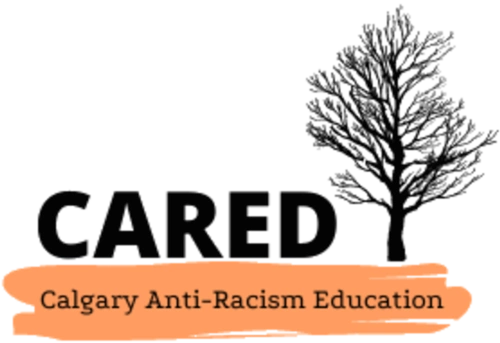
Donate to the Linda McKay-Panos Scholarship Fund

Donate to the Linda McKay-Panos Scholarship Fund


Conversations about race and racism can be difficult, uncomfortable, and can result in conflict. For this reason, many individuals believe that race and racism are not safe topics. Often, in public spaces, including classrooms, the topic is avoided and discussion is silenced in an effort to avoid conflict and, in turn, to keep both teachers and students safe. Interestingly, although conflict is usually viewed as unsafe, it is present in and part of most relationships. Conflict arises between marriage partners, siblings and close friends; usually, these conflicts can be resolved and are considered a healthy part of the relationship. It is often through conflict that our greatest learning or change occurs.
Academic and activist bell hooks (2010) reframes the concept of “safety” in her book, Teaching Critical Thinking . In her text, she discusses the importance of teaching students how to cope with conflict as opposed to merely avoiding it; she states that this promotes safety in the classroom. According to hooks, it is not the conflict itself that is unsafe, it is our inability to deal with it. Being able to handle this type of conflict safely has a great deal to do with being able to distinguish between situations that are uncomfortable versus those that are a genuine threat to our safety:
“True safety lies in knowing how to discern when one is in a situation that is risky but where there is no threat and then again to be able to recognize when a situation, even a classroom situation is unsafe and to respond accordingly” (p. 89).
Conversations connected to race and racism can be risky because they call for facilitators and participants to take risks in their discussions: the discussion might be productive or it might result in conflict. Taking risks, in this case, is usually about a fear of being wrong, saying something that might be considered stupid or racist, and making oneself vulnerable in an environment, such as a classroom, where this might not normally occur. Making oneself vulnerable can be embarrassing, however, it does not pose a threat or danger.
Supporting participants through conflict and vulnerable situations is crucial and involves building a community/environment built on mutual trust and respect. Facilitators and participants in such spaces will learn to be accountable for each other’s well-being which involves thinking before speaking and considering the impact of our words (hooks, 2010). Building trust helps participants to feel safe enough to take risks and this results in a deepening of conversations and our own understanding.
Another question we should ask ourselves about safety is: “Whose Safety?” Racism is not safe; it poses a threat for racialized people and learning about anti-racism is often done at the expense of racialized groups/individuals. Yet, it is often white people who do not feel safe in the process of learning anti-racism. Again, it becomes important to deconstruct the meaning of “safety” as it helps facilitators and participants to understand the difference between taking risks/feeling vulnerable, and feeling threatened.
↳ See White Fragility & White Privilege/White-Skin Privilege definitions
↳ See our Facilitators’ Stories section for related anecdotes.
“Whenever you hope to facilitate conversations on social justice concerns, whether preparing for a one-hour workshop or weaving such discussions into a year-long class, a vital first step is the development of guidelines for participation. These guidelines, often referred to as “ground rules” or “community norms,” should provide the community within a workshop or class a framework to ensure open, respectful dialogue and maximum participation” (Gorski).
Setting ground rules is vital when it comes to participant and facilitator safety and well-being. It should be noted that ground rules will change from group to group and depend a great deal upon context. Ground rules should be established at the beginning of a session/discussion/activity. They can be created by the facilitator, the facilitator and the participants, or solely by the participants (with help from the facilitator if anything crucial is missed); Paul Gorski advocates for the latter as it ensures that participants consider what they need in order to feel safe enough to participate openly in the activity or discussion. In his Critical Multicultural Pavilion project, Gorski provides a list of common ground rules:
Click here to learn more about creating/using ground rules




2500 University Drive NW
Calgary, AB T2N 1N4
(403) 220-2505
aclrc@ucalgary.ca